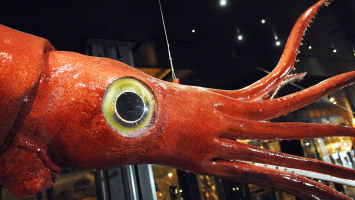Top 10 Baffling Translations That Have Somehow Endured
Sumerian, which dates back to 3100 BCE, is the oldest written language. Language is thought to have evolved between 100,000 and 200,000 years ago, when humans ... read more...developed the ability to communicate using what people now call a voice box. And it is estimated that humans have created 31,000 languages since that time. There are around 6,000 of them left today. With so many languages, it's hardly surprising that translations from one to another don't always work as expected. Here is a list of top 10 Baffling Translations That Have Somehow Endured that you should not miss.
-
In the 1990s, Sailor Moon was one of the first anime shows to become popular with Western audiences. The franchise is worth billions of dollars and is still going strong after more than 30 years. Despite this, there were some noticeable differences between the show's Japanese origins and the English version seen by Western audiences. The most egregious translation change involved Sailor Neptune and Sailor Uranus.
These figures are cousins in the West. They are very close cousins. The English translations make them relatives, yet they are a couple in the source material. The relationship was adjusted to make it less contentious in the West, avoiding the idea of a lesbian couple, which the studio thought was inappropriate for a children's show. They arguably created something more controversial because all they did was change the dialogue, resulting in a pair of cousins who were clearly flirty and romantic with one another. Because the translation was unable to adequately account for their on-screen actions, the entire show became strange.
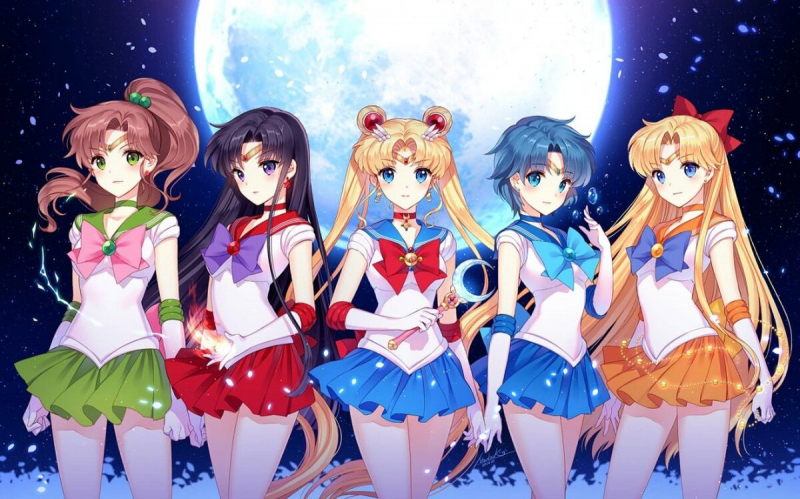
gamek.vn -
If you've been using the internet since its inception, you're probably on your seventh or eighth browser by now. People used to use Netscape to browse the web before Internet Explorer and Safari became popular. And, eventually, they had Google Chrome, Opera, and Firefox. Firefox is a well-known browser that accounts for slightly more than 4% of global browser usage as of January 2022. It's not a huge chunk, but its popularity is fairly stable. Even if you don't use it, you're probably familiar with their flaming fox logo. The strange thing is, it was never meant to be a fox.
Mozilla, the business behind Firefox, was founded in 1998, following the demise of Netscape. It was created by many of the same people, and their original logo was a phoenix. Does that make sense? They were emerging from the ashes of Netscape. They needed to alter their name from Netscape to something fresh, so they chose an animal that few people knew about at the time. They decided on the red panda. Despite its name, the Firefox logo is a red panda. The issue is a translation error, as well as the fact that a stylized, cartoon red panda can easily pass for a fox. When translated from a language like Chinese into English, many words take on literal meanings. As a result, the Chinese word for red panda, "h?o h," literally translates to fire fox. Because that's how a red panda looks, which is why so many people think the animal in the logo is a fox.

reddit.com -
Giving a moniker to an animal is uncommon, although it does occur. Dogs have long been regarded as "man's best friend." The lion, with its appellation "king of the jungle," has possibly the most well-known nickname of any animal species. The king component is derived from the lion's mane, which has frequently been compared to a crown over the years. They are also referred to as "lord of the beasts." But it's the jungle portion that's strange, not the king part.
If you've ever been on safari or watched nature movies about lions in the wild, you've probably observed that lions prefer the savannah. They enjoy wide open expanses. Lions do not inhabit jungles. So why would anyone refer to them as the monarch of a country in which they do not reside?
Jungle is a Hindi and Sanskrit term that may be spelled "jungle," "jangle," "jangala," or even "jingli" depending on your source. All of those phrases, however, have the same meaning, which is essentially "wild or uninhabited lands." Similar to a savannah. The specific meaning of a dense forest is not attributed to the word, and it is argued that it would never exist in the area from which the word originates because there are no jungles there. The word evolved into English to include dense forest, leaving the original meaning behind.

msn.com 
msn.com -
The book One Thousand and One Nights, often known as Arabian Nights, was first published in the 1700s and contains a collection of several Middle Eastern folktales. As a result of the book and, most notably, Aladdin, characters such as Ali Baba and Sinbad entered popular culture.
In terms of the whole work, Aladdin is the most engaging character. Thanks to Disney, everyone is familiar with the story of the lad who discovers a magical lamp and woos a princess. However, it was never a part of the original tale. It was added later, after Antoine Gallard translated the book into French. The story had never been published before. So, where did a French translator get one of the most famous Arabic stories?
To begin with, the story was not from the Arabic world. That was later added. The original plot was set in China rather than the Middle East. Galland's source is said to be a Syrian named Hanna Diyab. He allegedly told Galland the story, who subsequently wrote it down. He included it into 1001 Nights on his own volition, with no way of verifying any of the sources or how he chose to transcribe it, and it became history.

time.com 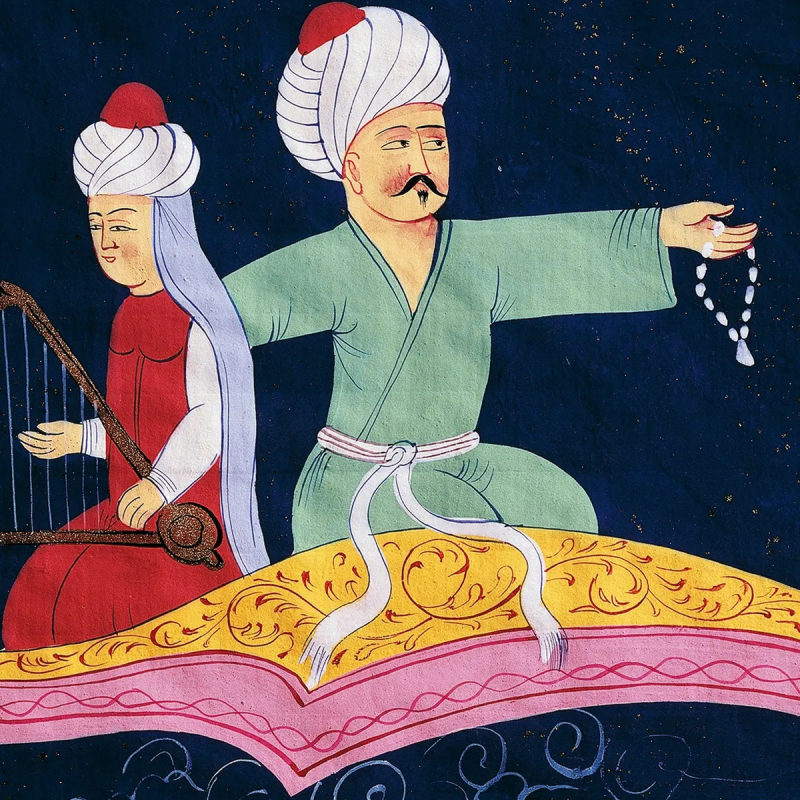
time.com -
Stories of a strange wild guy can be found in distant regions all over the world. North America features Bigfoot, which rose to renown in the 1950s and is based on over 1,000-year-old Native American beliefs. In Asia, there is the Yeti, which was anglicized as the Abominable Snowman by journalist Henry Newman in 1921.
Newman was interviewing British explorers who had just returned from Mt. Everest, where they had discovered enormous footprints. The footprints were made by something called "metoh-kangmi," or the "man-bear snow-man," according to the local guides. So, essentially, the Yeti. Newman kept the snowman part of the name but spelled "metoh" incorrectly. His first attempt yielded the word "filthy," but the Filthy Snowman didn't have the right ring to it, so he substituted Abominable. The name stuck because it was the first real contact most of the Western world had with the story, and it has remained ever since.

geologyin.com 
geologyin.com -
If you’ve committed to reading through the Bible, you may have noticed that unicorns pop up a number of times. That’s a bit of a curious thing to notice since, regardless of your position on religion, mythical beasts typically aren’t the sorts of things that are involved in it. And the mentions of unicorns are never really done in a way that makes them sound fantastical or metaphorical.
The most important point to remember is that while the Bible writers were inspired and infallible, translations are another thing again. The word used in the Hebrew is (re’em). This has been translated in various languages as monoceros, unicornis, unicorn, einhorn and eenhorn, all of which mean ‘one horn’. However, the word re’em is not known to have such a meaning. Many Jewish translations simply left it untranslated, because they were not sure which creature was being referred to.
Archaeology has in fact provided a powerful clue to the likely meaning of re’em. Mesopotamian reliefs have been excavated which show King Assurnasirpal hunting oxen with one horn. The associated texts show that this animal was called rimu. It is thus highly likely that this was the re’em of the Bible, a wild ox.
It appears that the reason it was shown in Assyrian (but not Egyptian) art as one-horned was as an artistic way of expressing the beauty of the fact that these horns on the rimu/re’em were very symmetrical, such that only one could be seen if the animal was viewed from one side. The first to translate the Hebrew Old Testament into Greek probably knew that the rimu/re’em was depicted as one-horned, so they translated it as monoceros (one horn).
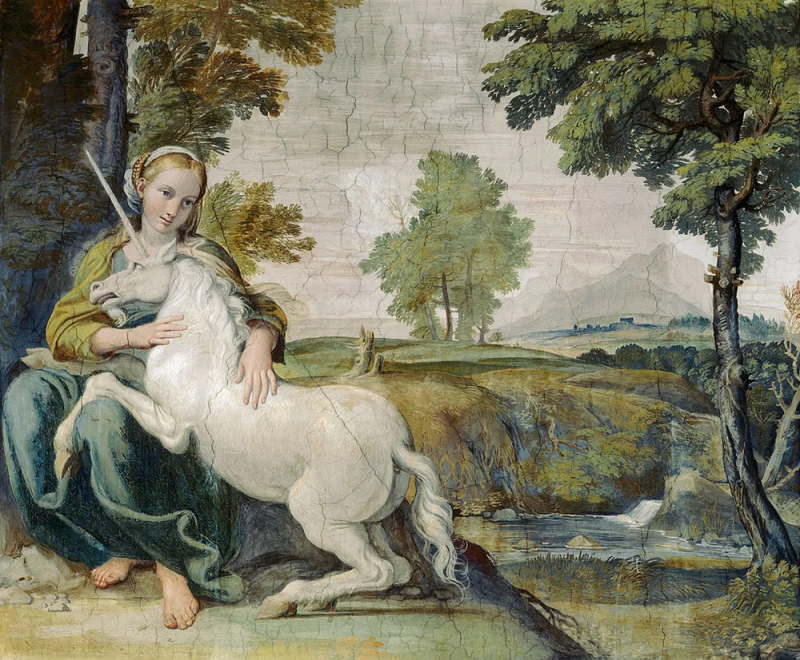
biblescienceguy.wordpress.com -
Refried beans ranks 7th in the list of baffling Translations That Have Somehow Endured. If you like Mexican food, you probably prefer refried beans. They're delectable. They're also not as old as tortillas or guacamole, both of which are firmly connected with Mexican cuisine. Refried beans have only been around for roughly 100 years and are mostly associated with Tex-Mex cuisine. The name "frijoles refritos" is a direct and rather imperfect translation of the term "refried beans."
It simply means "well cooked" and "never fried again." This is because Mexicans use "re" to emphasize a word. So the frying oil is very hot or "equemar," so the beans taste very wonderful or "retebien," and refried beans are great in Mexican and American Tex-Mex cuisine once cooked but not refried. Refried beans are generally made using pinto beans, although any small dry bean, such as kidney beans or black beans, can be substituted. Refried is simply a mistranslation of "refritos" that got so popular that no one cared to correct it.

simplyrecipes.com 
simplyrecipes.com -
Everyone who has ever sat in a philosophy class has heard of Aristotle. He has been dubbed the "Father of Virtue Ethics," "Father of Political Science," "Father of Comparative Anatomy and Physiology," "Father of Logic," and "Father of Despite this, a significant portion of Aristotle's writings have been lost. The West only had access to a tiny quantity, whereas the Muslim world had far more due to previous conquests. Because of this schism, modern Aristotle is the result of so many translations and re-translations that it's debatable whether the guy ever said anything at all.
Many of Aristotle's works were lectures, which were not exactly something he wrote, but rather things he stated and subsequently had written down by others. His works were first published in Greek and subsequently translated into Syriac, an Aramaic dialect. After that, the works were translated into Arabic. Following this, Christians in Europe began the process of translating Aristotle, which occurred in a variety of locations and dates. At one point, Jewish rabbis translated Arabic writings into Spanish and subsequently Latin on behalf of Christian monks. Because none of this was done with a dictionary, numerous Arabic words, such as alcohol, entered the English language. Even coffee and algebra.
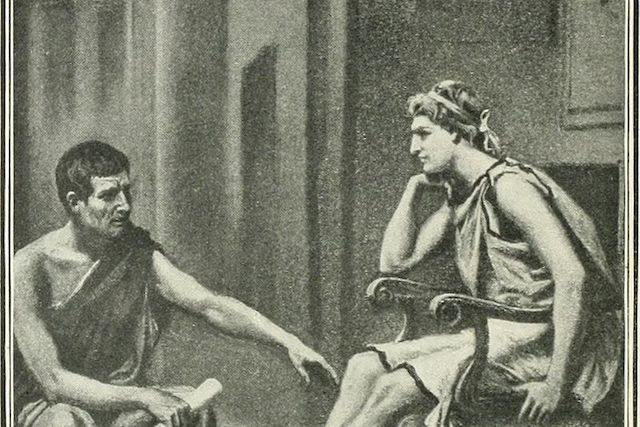
toptenz.net 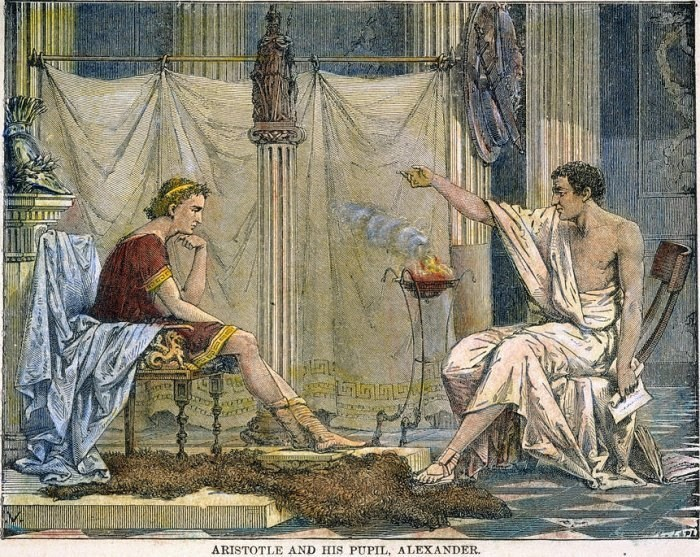
facebook.com -
If you read the Lord's Prayer, you'll recognize the line "give us this day our daily bread," which can also be traced back to Latin, where the sentence is "panem nostrum quotidianum da nobis hodie. Based on what they've established here, the conventional translation is epiousion implies daily. The issue is that epiousion does not appear elsewhere. Not only in the Bible, but everywhere. It only appeared once in other writing, on a 5th century accounting papyrus that has since been lost.
The term epiousion has no etymology. It is not definitively linked to any other words, therefore the translation to "daily" is a bit of a mystery. In reference to the present day, "epi" is translated as a prefix meaning "for," whereas "ousion" was taken to signify "for the being." The problem in translating the term as "daily" is that the word "daily" appears numerous times throughout the sentence. It was translated as hemeran, which was a pretty common term at the time. So picking a totally new, never-before-seen word doesn't make much sense. And, of course, there appears to be no hope of ever getting to the bottom of it.

croydonadventist.org 
croydonadventist.org -
Dracula by Bram Stoker is one of the most famous novels of all time, and it has never been out of print since its initial publication in 1897. In that time, it has also been translated into 30 languages, allowing people all over the world to enjoy it. The most notable translation is by Valdimar Asmundsson, who did it in Icelandic in 1901.
For 113 years, this was the authoritative translation of Dracula for everyone who understood Icelandic, and no one realized one essential element at the time: it wasn't real. Asmundsson did not translate the book exactly as Stoker wrote it. Instead, he added his own twists and turns to create a new store with more gore, sex, and new people. Asmundsson's rendition was shorter and packed with action that nearly entirely takes place in Transylvania. It was virtually fanfiction at the time, and no one cared to compare the text to the original for nearly a century.

toptenz.net 
toptenz.net



















